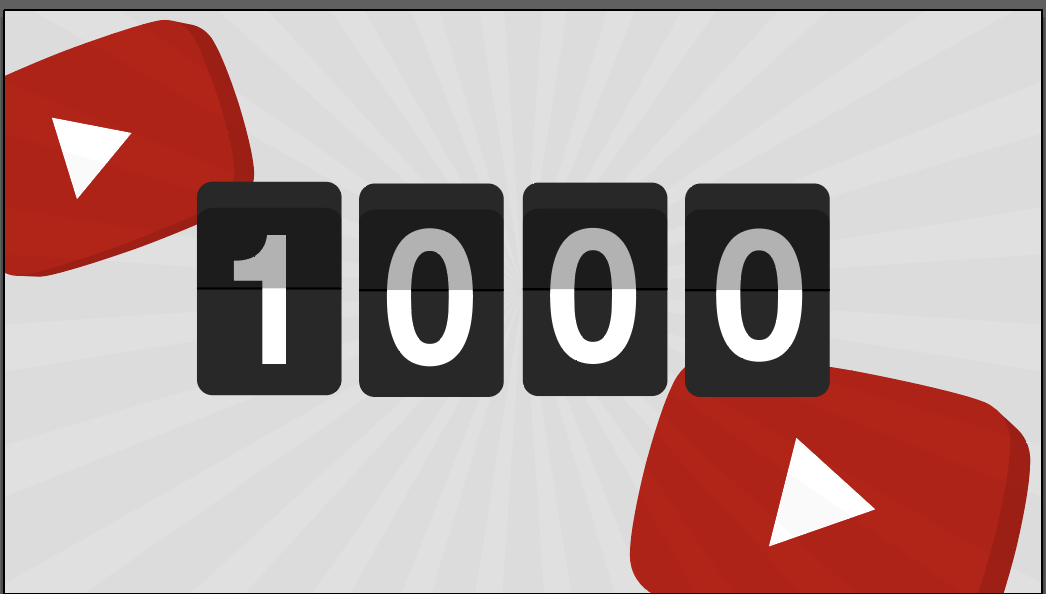

Audiences can now view YouTube shorts on their TV. While YouTube has been available on connected TVs since 2017, its addition of super short-form content could have new implications for lean-back TV. In particular, FAST services looking to differentiate amid fierce competition could see this mix of social media and TV as an opportunity for further diversification.
The move by YouTube highlights the potential for further integration between social media and TV. Netflix released its TikTok-inspired Fast Laughs for mobile devices in 2021 and on TV in early 2022 to introduce viewers to new content. It’s not out of the realm of possibility that as discoverability becomes increasingly urgent for FAST services, they might do something similar. Especially because, according to new research by Omdia, in the US, traditional broadcast and cable TV are shrinking while digital long-form and social media are growing.
What YouTube’s integration of shorts on TV might realistically do is this: get FAST programming directors thinking about how social media might work in and for the space. For discoverability á la Netflix, a cheaper route to new audiences in a fragmented market, or just to stay relevant to younger audiences for whom FAST holds great appeal as it’s …free. Maybe it’s the old-school route of partnerships – creating dedicated channels helmed by social media personalities like Mr Beast, or even Francis Bourgeois taking trains across America 24/7 and commenting on his tones. I’d tune in.
How short is too short?
Short-form content is already a thing on FAST TV. In 2021, Roku acquired the short-form video service Quibi. Tastemade runs on FreeVee, Tubi, and SlingTV, but its shortest content currently has a run-time of 10 minutes. If videos can be 10 minutes and Netflix, the most famous streamer of them all, can create its own TikTok, then why not super short-form on FAST?
Opportunities created by short-form video integration
If YouTube can build a habit of audiences consuming super short-form videos through their televisions, a series of opportunities, or at least considerations, present themselves.
- FAST providers can create much-needed differentiation in an increasingly competitive market by licensing short-form video content from well-known media companies and creators – further diversifying their offering.
- Back in the day, distributors were the gatekeepers of content. Now FAST providers are are lowering the barriers to entry by offering media companies, and potentially creators, the opportunity to distribute content on FAST directly.
- New types of curation could spring up, whereby FAST services could source content in themes and curate them under a FAST channel topic.
- For FAST providers, creators would theoretically bring large, engaged followings to the platform, with none of the production costs required for original content – like Roku’s Weird: The Al Yankovic Story – to pull in viewers.
We get ahead of ourselves. The question on everyone’s lips is: why would viewers watch what is essentially short-form video through their TVs? The same might be asked of YouTube’s decision to add shorts to TV. The fact is that there is a continued blurring of the lines between screens, big and small; to make one work, you always have to leverage another. Ultimately, YouTube's integration signals a wider shift – how people consume content is no longer ring-fenced in the way it once was.
The takeaway
FAST’s exponential growth is due significantly to the diversity of the content it can support and its ability to create lucrative new revenue streams for content owners. Ultimately, the FAST services that survive the fragmenting TV market will be the ones that crack discoverability and differentiate themselves from the competition in ways that appeal to new consumer habits. Short-form content might offer one way for them to continue evolving their relevance.
Join our monthly newsletter
Stay up to date with the latest news and updates.







